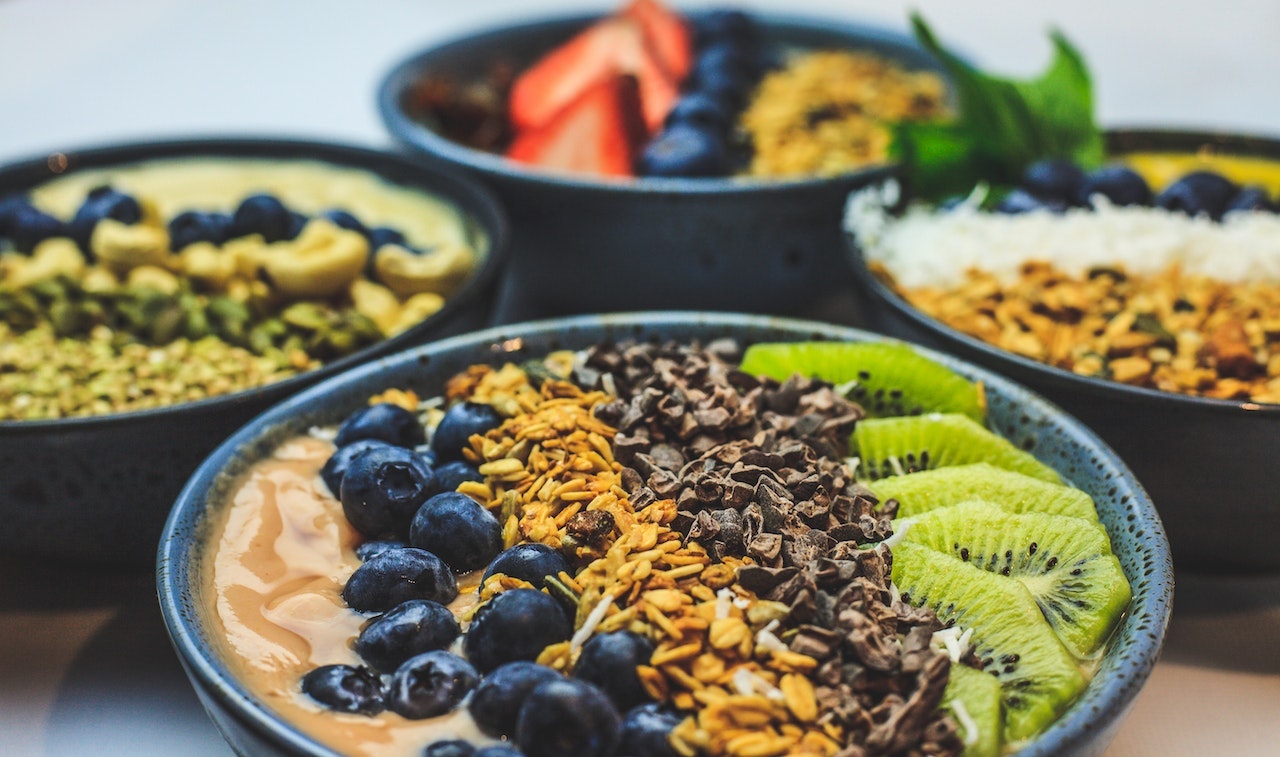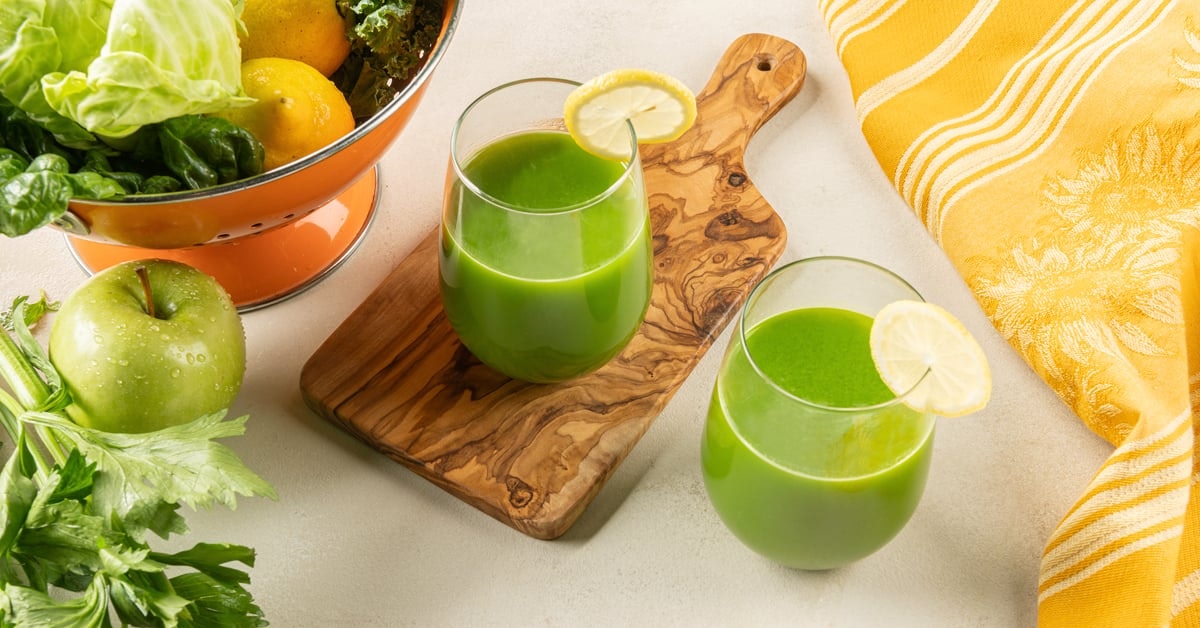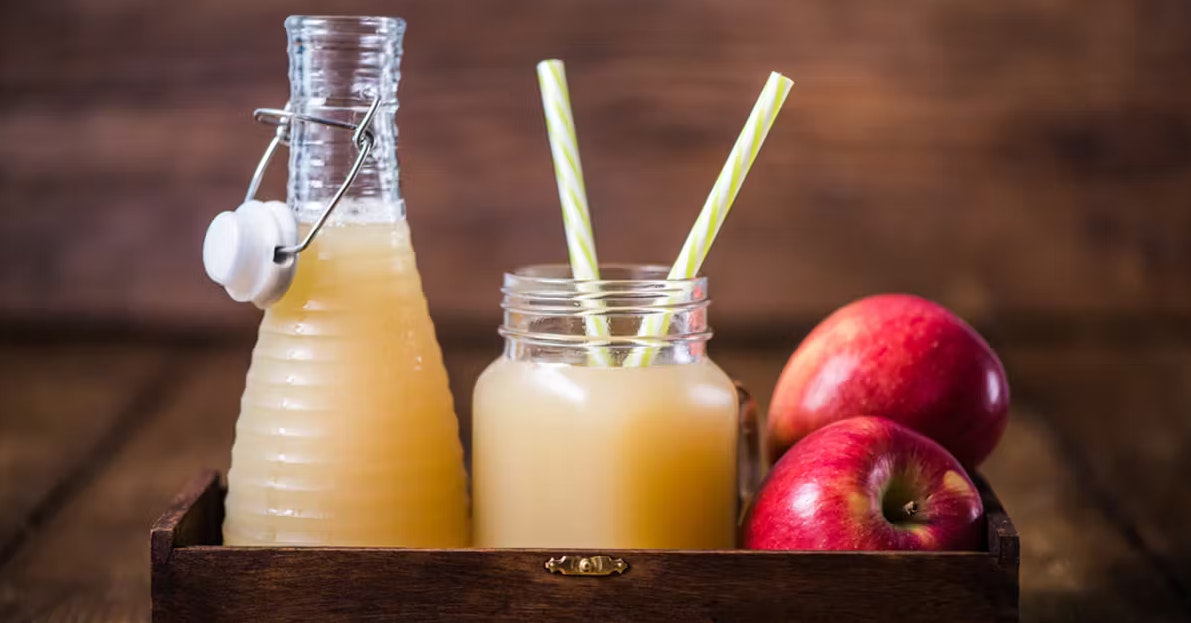
Does Apple Juice Have Protein? How Much?
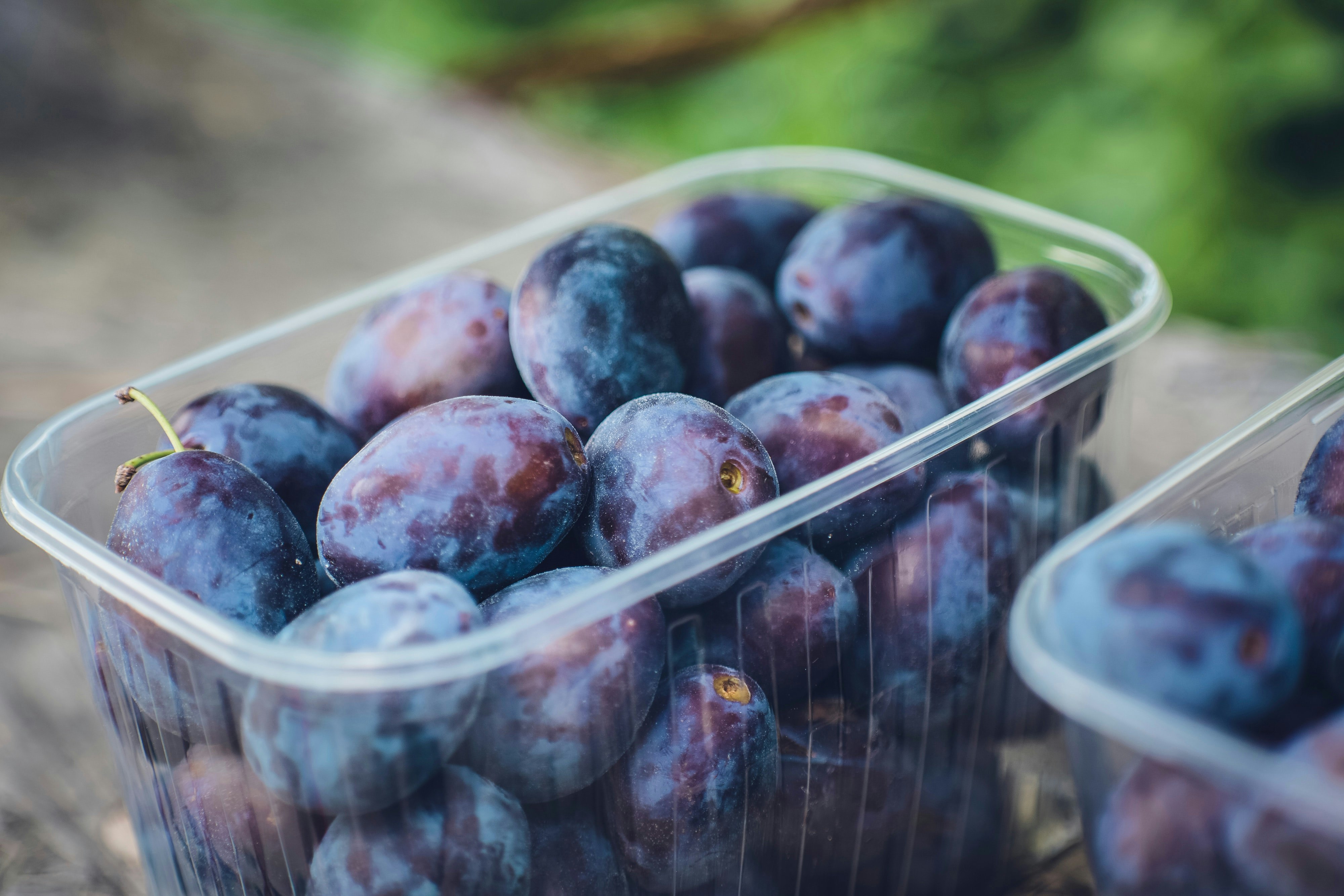
Does Prune Juice Have Iron? How Much
Prune juice has quite a lot of iron, which helps the body maintain healthy blood. In fact, as little as half a cup of prune juice contains about 3 milligrams of iron, which is approximately 17 to 38 percent of the FDA's daily recommended value According to the recommendations of the Institute of Medicine, men over age 19 require 8 mg of iron per day, and women ages 19 to 50 need 18 mg of iron daily. Iron deficiency affects both men and women equally. However, the concern is significantly higher for women because they lose additional iron through blood loss during menstruation. Fortunately, including pure juices like prune juice in your diet, along with various iron-containing foods, can help boost your daily iron intake. Why is Iron so Important? Iron deficiency typically leads to anemia. The body requires iron for your blood cells to create hemoglobin. Hemoglobin is a blood component that transports oxygen from your lungs to the rest of your body. The lack of sufficient daily iron consumption could cause a common type of anemia because the body doesn’t have enough healthy red blood cells. If diagnosed early, your healthcare advisor will likely advise you to take iron supplements. However, in many circumstances, you can simply increase your dietary iron consumption through the consumption of iron-rich foods. That is where healthy beverages like prune juice come in to help you restore your body’s iron level, which is ideal, considering our hectic lifestyles in which snacking on ready-made meals has become common. How to Increase Iron Absorption It’s important to note that plant-based iron, such as that in prune juice, is non-heme iron, which is not as easily absorbed by the body as heme iron from animal sources. Therefore, a balanced diet with a mix of plant- and animal-based iron sources is necessary for healthy iron levels. However, for vegetarians, non-heme iron sources are the only option. Fortunately, according to an article in the American Journal of Clinical Nutrition, Dr. Margarita Diaz wrote in 2003 that one way to increase the iron absorption of non-heme foods is to increase your consumption of foods high in ascorbic acid. This is a form of vitamin C. Her study found that taking 25 mg of ascorbic acid with meals twice a day increased the rate of iron absorption by more than 300 percent. In the study, lime juice was used, but orange juice, grapefruit juice, red or green peppers, broccoli, and cabbage also contain ascorbic acid. Prune juice is a rich source of vitamin C, which helps the absorption of the non-heme iron it contains. Health Benefits of Iron in Prune Juice Iron is an essential mineral that plays a crucial role in various bodily functions, and it can provide many health benefits when consumed as part of a healthy diet. Despite the non-heme iron in prune juice, the high vitamin C content boosts absorption into the body for the production of hemoglobin. Here are some of the ways the iron in prune juice can benefit your health: 1. Anemia Prevention: Iron is a key component of hemoglobin, the protein in red blood cells that carries oxygen throughout your body. Iron consumption can help prevent and treat iron-deficiency anemia, a condition characterized by low hemoglobin levels and symptoms such as fatigue, weakness, and pallor. 2. Energy Production: Iron is involved in the production of adenosine triphosphate (ATP), the body's primary energy currency. Having an adequate supply of iron can help maintain energy levels and combat fatigue. 3. Immune System Support: Iron is essential for a healthy immune system. It helps in the proper functioning of white blood cells, which are crucial for fighting off infections and illnesses. Experimental evidence in the last few decades indicates that iron is a fundamental element for the normal development of the immune system. Its deficiency affects the capacity to have an adequate immune response. 4. Cognitive Function: Adequate iron intake is essential for proper brain function. Iron helps with the production and function of neurotransmitters, which are vital for cognitive processes, memory, and mood regulation. 5. Oxygen Transport: Iron helps transport oxygen to muscles and tissues, which is especially important during physical activity and exercise. It can improve endurance and overall physical performance. 6. Healthy Skin, Hair, and Nails: Iron contributes to the health of your skin, hair, and nails, and its deficiency can lead to issues like brittle nails or hair loss. It also plays a significant role in wound healing. 7. Reducing Fatigue: Iron-deficiency anemia is often associated with fatigue and weakness. Consuming iron in cold-pressed prune juice may help alleviate these symptoms. Conclusion While prune juice is not the ultimate iron power house, its consumption can offer a range of health benefits. Iron is an essential mineral that supports the body in numerous ways, from preventing anemia and enhancing energy levels to promoting a healthy immune system and cognitive function. Incorporating prune juice into your diet can contribute to your overall iron intake. Prune juice, as part of a balanced diet, can certainly be a refreshing and nutritious addition that helps support your iron needs and overall well-being. Note: 7 tasty and healthy juice recipes are yours when you get the free How to do a Juice Cleanse ebook! If you're interested in doing a juice cleanse, this book is a valuable resource for you. But even if you're not planning a cleanse anytime soon, the recipes alone make it worth grabbing.
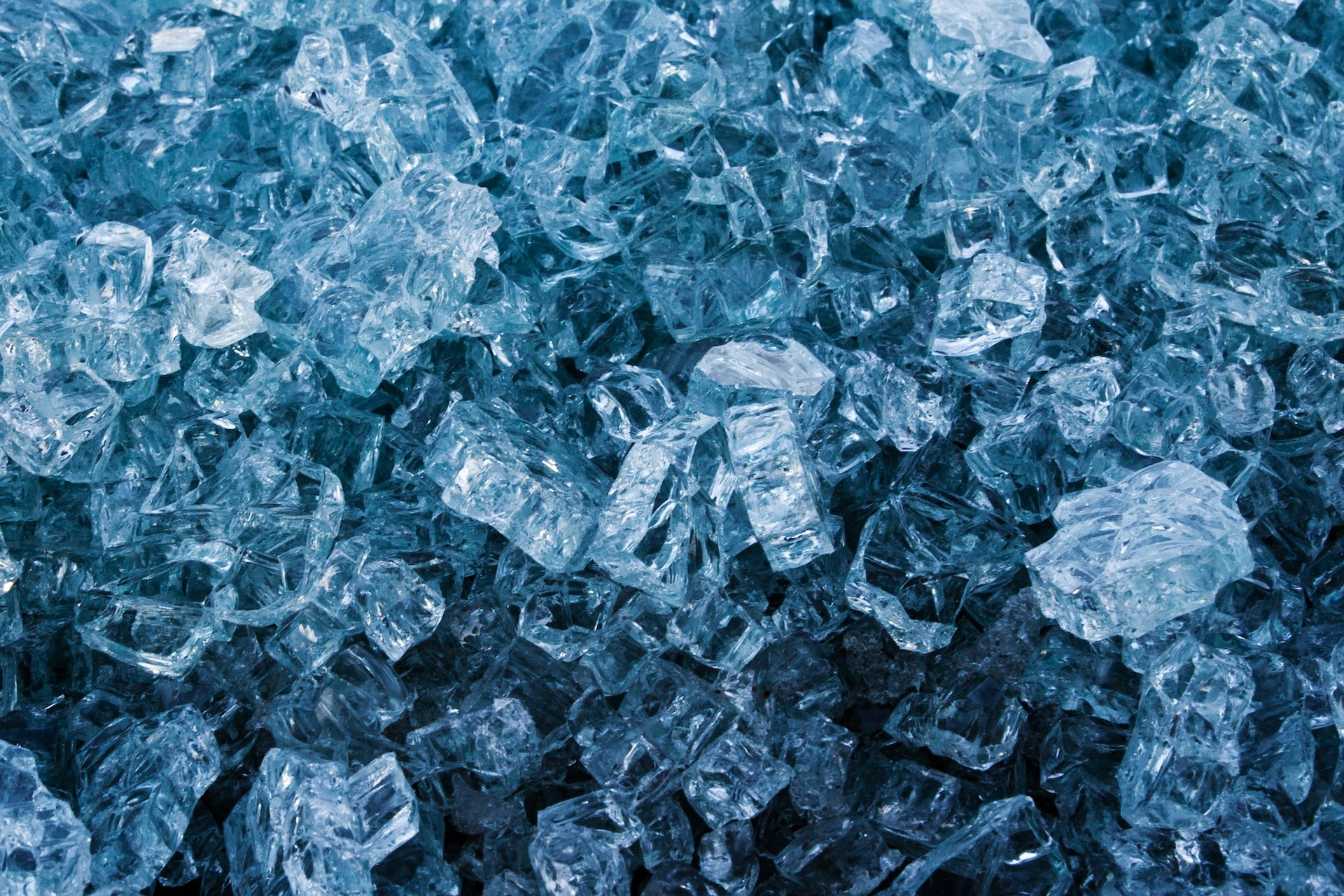
Can You Freeze Juice in Glass Bottles?
Yes, you can freeze juice in glass bottles, as long as it's the right type of glass and enough room is left for the liquid to expand.

How to Bottle Juice for Sale
Although the freshest juices and the best recipes are essential, there are many other crucial aspects to consider when you decide to bottle freshly squeezed or cold-pressed juices. In this article, we'll explore the dos and don'ts of bottling juice for sale, from preparation to the sales counter. Recipe Creation The first step is to create a selection of juice recipes, but keep your list short at first. It's best to test the market before going all out, keeping customer preferences, nutritional value, and in-season options in mind. (Here you can find all the recipe information you need, from veggie powered green juices to superfood blends). Once you've established your recipes, it's time to get yourself to the fresh-produce market. Ingredient Selection Choose only top-quality fruits and vegetables, and ensure your suppliers prioritize food safety standards. Well-sourced, seasonal and farm-fresh produce will always taste better. Some customers will happily pay more for organic fruits and vegetables juice as well. Safe Production Facility Whether you start off on a small scale, bottling juices at home, or setting up a bottling plant, food safety and sanitation are vital. Equipment and workspaces require frequent sanitation that adheres to all state and local policies and standards. Juice Pressing For the highest quality juice, and a well-made juicer that lasts, we recommend a Goodnature juice press. We offer multiple sizes depending on the size and needs of your business, and you'll never regret opting for cold-pressed instead of traditional masticating juicers. Be sure to properly rinse and dry the fruits and veggies before pressing or extracting the juice. Choosing Juice Bottles Appealing packaging and branding play significant roles in attracting customers. With eco awareness and the desire to limit carbon footprints, glass bottles have proven to be perceived by consumers as containing high-quality juices. However, some juicers choose to use PET or BPA-free plastic juice bottles. Here, you can get valuable information about plastic vs. glass bottles. Bottling Juice for Sale Freshly prepared juice should be bottled immediately because oxygen exposure speeds up oxidation. Use glass or BPA-free plastic bottles with tamper-evident lids specifically designed for juice storage, and label the lids with a "Use-By" date for your customers. Sterilize the bottles in a commercial bottle sterilizer or wash them in a dishwasher at a high-temperature cycle setting. Fill the bottles to the brim before sealing them with airtight seals to prevent leakage and contamination. Limiting the amount of air in the bottle can extend the shelf life of the juice. However, if you plan to freeze the bottled juice, you should leave space for expansion. Labeling Juice Bottles for Sale Juice bottle labels should be informative and include the name of the juice, the ingredients, nutritional information, and an expiration date. Compliance with local food labeling regulations is crucial. One of the important aspects to consider when choosing appropriate labels for bottled juices is water resistance. This will ensure that condensation won't render logos, text, and designs illegible. Moreover, water-resistant labels will not smudge or peel off to spoil your juice brand. Storing Bottled Juices Leaving the bottled juices on the countertop will spoil their freshness. Store them immediately in a refrigerator at 41 °F (5 °C) or below. Proper storage will ensure your freshly produced juices maintain their nutritional value and vibrant colors. Establish a FIFO system (first-in, first-out) with clear expiration dates to manage juice stocks and monitor shelf life. Quality Control When you bottle juice for sale, quality control is crucial. Implement measures to conduct frequent microbial and taste tests for consistency, and safety. Compliance with Regulations Familiarize yourself with local, state, and federal food safety regulations and permits, and obtain the necessary licenses and certifications. Conclusion Remember that the cold-pressed juice market can be competitive, so focusing on quality, consistency, and unique flavors and blends can help your product stand out. Additionally, consider seeking advice from experts or organizations in the food and beverage industry, as they can provide valuable insights and guidance tailored to your specific situation.
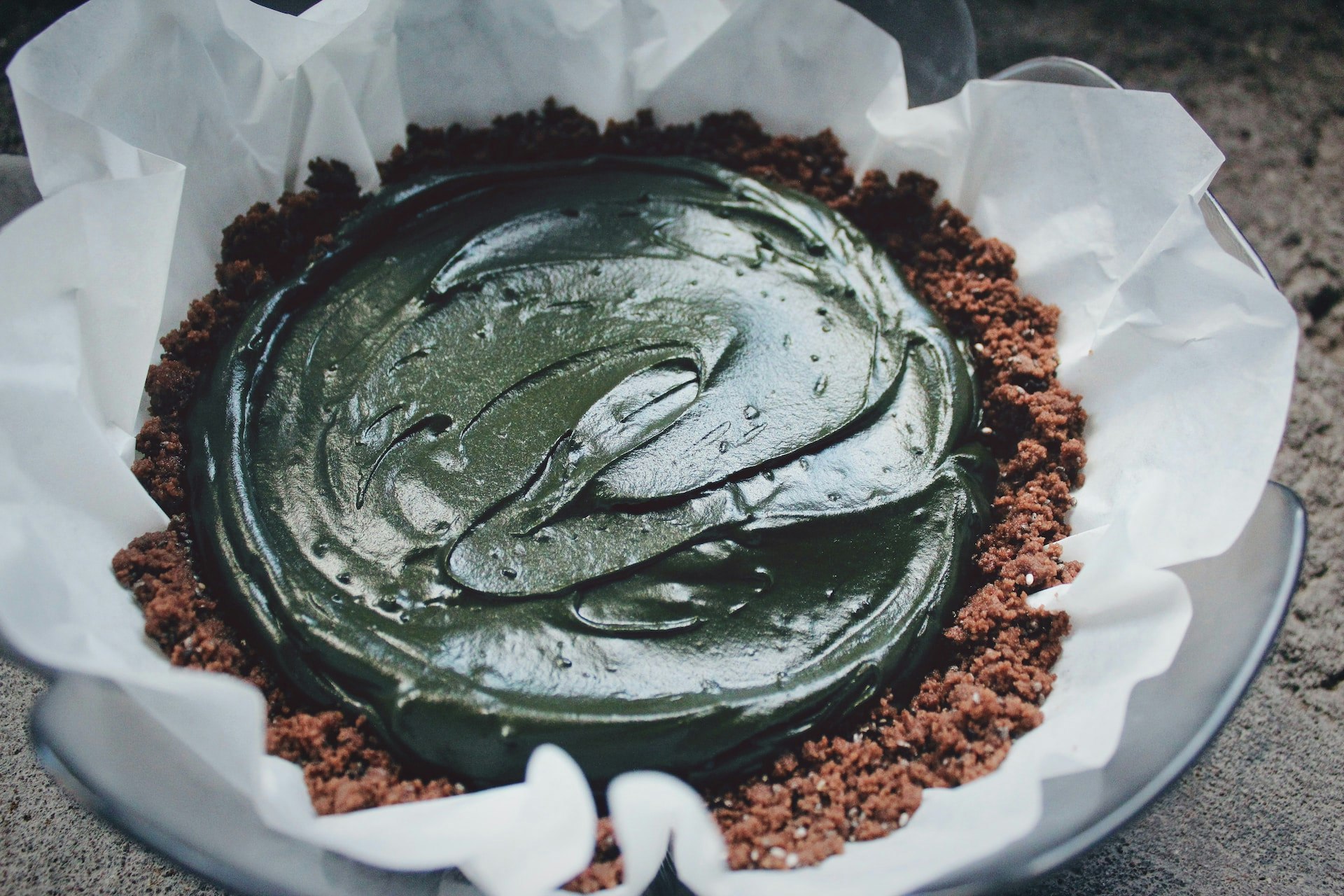
Who Should Avoid Spirulina Powder?
Before implementing spirulina into your regular routine, it is a good idea to learn about the potential side effects. In this article, we'll explore the risks spirulina poses to all, and also explain who should avoid taking spirulina, and why.

When is the Best Time to Take Spirulina?
You may wonder when to take spirulina: morning or night. The best time to take spirulina can vary based on your individual preferences and health goals.

How Long Does Spirulina Take to Work?
Some people might start noticing the benefits of spirulina within a few days or weeks of consistent use, while others might take longer to experience any changes
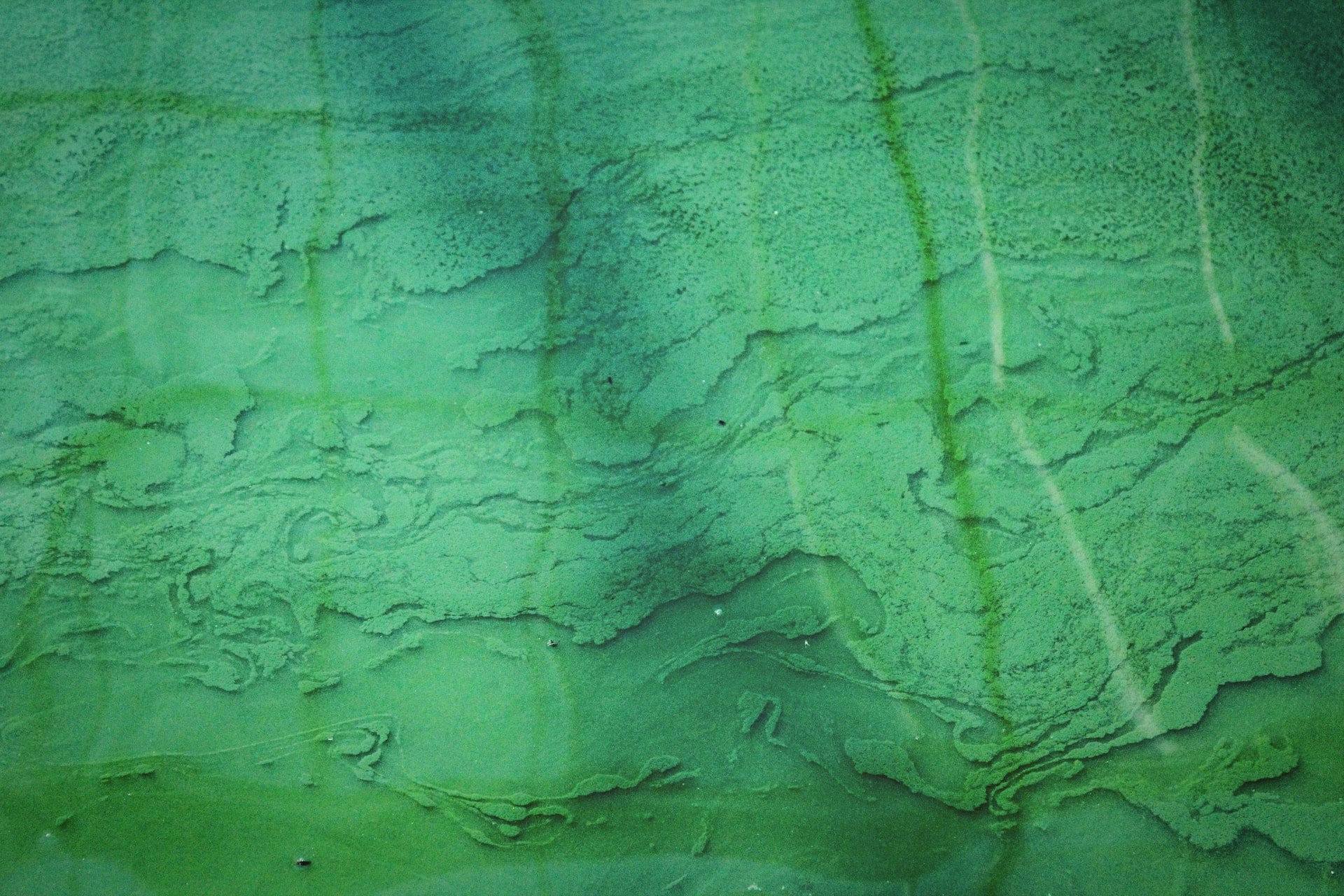
Top 10 Health Benefits of Spirulina
Spirulina, a spiral-shaped microorganism that grows and survives through photosynthesis in fresh and salt water, has become a modern-day health wonder. After being used by humans since the days of the Aztecs, researchers have now found that spirulina contains all the essential amino acids to earn its status as a superfood, and more. There are two types of powdered spirulina on the, blue and green. Both blue and green spirulina are derived from the same cyanobacteria. However, blue spirulina is extracted for its phycocyanin pigment alone, compared to green spirulina's "full-spectrum" combination of chlorophyll and phycocyanin. Aside from it's health benefits, spirulina is known for it's earthy, grassy, and somewhat oceanic taste. A pungent fishy aroma or taste can be indicative of poor quality spirulina. Top 10 Health Benefits of Spirulina Now, let's dive into the top 10 potential health benefits of this amazing food. 1. Nutrient-Rich Superfood Spirulina is a powerhouse of nutrition, containing an impressive range of vitamins, minerals, plant-based protein, and more, making it invaluable for all, including vegans and vegetarians. One tablespoon, or 7 grams of spirulina powder contains significant percentages of your daily required value of Thiamin, Riboflavin, and Niacin. These are part of the B-vitamin complex, which consists of a group of water-soluble vitamins that play important roles in various bodily functions. That same tablespoon also provides 47% of the DV of copper, and 47% Iron, along with decent amounts of magnesium, manganese, and copper It is also packed with as much as 4 grams of protein, but only 1 gram of fat—both omega-6 and omega 3 fatty acids. Most notably, spirulina contains all the essential amino acids your body needs, no more than 2 grams of carbs, and only 20 calories per 7 grams.
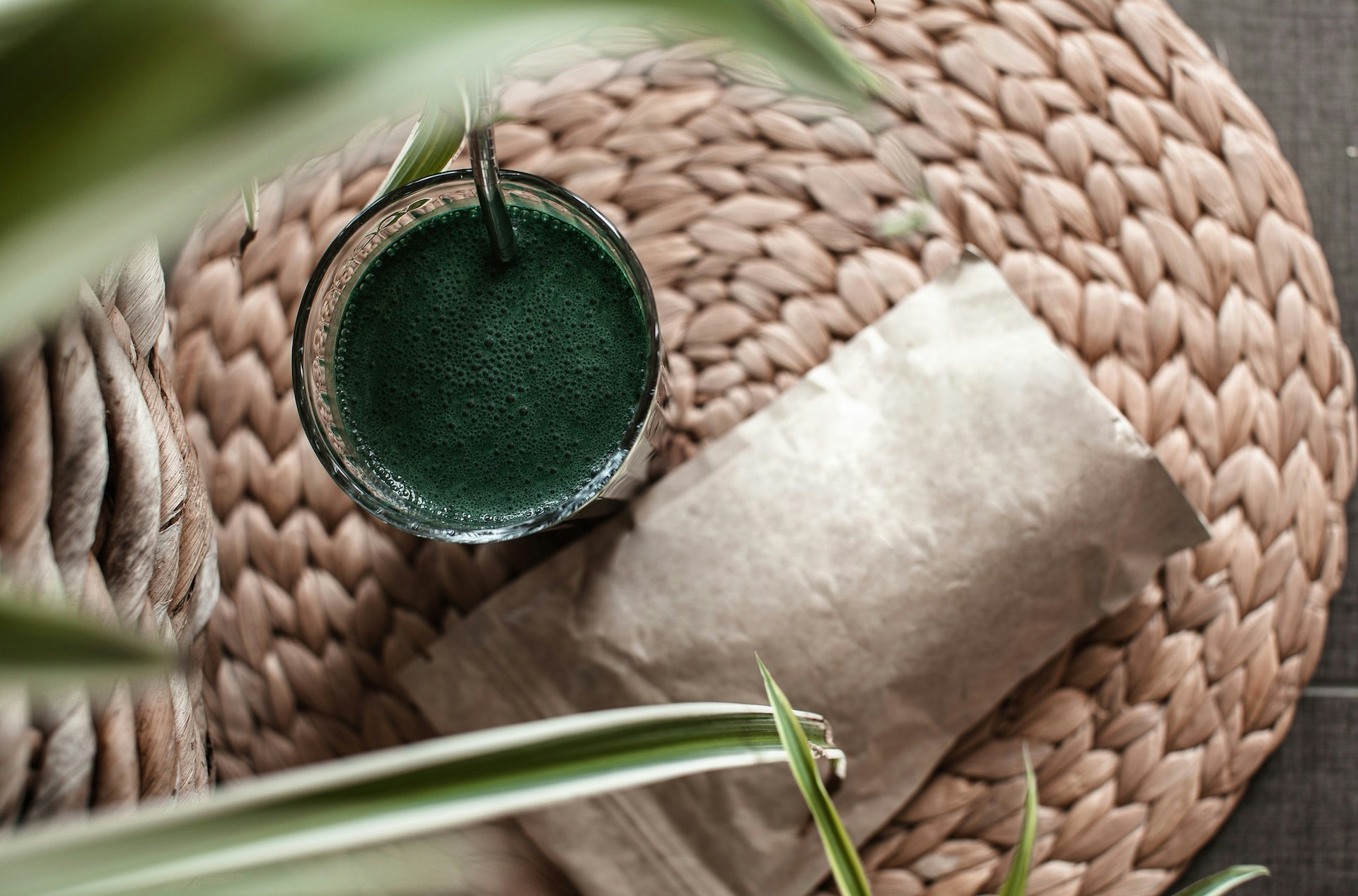
How to Use Spirulina Powder (7 Healthy Methods)
Spirulina, a form of blue-green algae, is commonly taken as a dietary supplement because of its potential health benefits. It contains a range of nutrients such as protein, vitamins, minerals, and antioxidants. Powdered spirulina is the most favored option to add a nutrient boost to smoothies, juices, salads, and more. However, it is also available in other forms like capsules, chewable tablets, flakes, and even frozen portions. When to Take Spirulina Powder Certain individuals opt to consume spirulina in the morning as a means of jumpstarting their day with an enhanced intake of nutrients. However, it is entirely up to personal preference regarding when one chooses to incorporate it into their routine. How Much Spirulina Powder to Take If you're new to consuming spirulina, it's recommended to begin with small amounts and gradually increase your intake. Start with 1g per day and slowly work your way up to 8g. It's important not to take a high dose right from the start, as this could potentially cause a mild stomach ache or have a laxative effect due to its detoxifying properties. To ensure the best quality and safety of the spirulina you purchase, search for products that are organic and have been third-party tested for purity. How to Best Use Spirulina Powder Before delving into the various methods of utilizing spirulina powder, it is important to be aware of the following information: Even a small quantity of intensely colored spirulina can transform your beverage into a rich hue ranging from deep blue-green to nearly black. Be cautious, as spirulina has the potential to discolor your teeth, leaving them with a green tint. To counteract this effect, have water readily available for rinsing or make it a habit to promptly brush your teeth after consuming spirulina. It is important to note that spirulina has a unique earthy flavor that may not be appealing to everyone. The two popular forms of spirulina, blue and green, have slightly different tastes. However, this taste can be masked by adding flavorful fruits and vegetables when preparing your beverages. We have a incredible recipe using spirulina here. For a different twist, consider incorporating spirulina powder into a refreshing citrus cocktail. The tangy nature of these drinks effectively masks the distinctive taste of spirulina, allowing its natural hints to shine through and complementing the zesty lemon flavors.

Blue vs Green Spirulina: What's the Difference?
Both blue and green spirulina are derived from the same cyanobacteria. However, blue spirulina is extracted for its phycocyanin pigment alone, compared to green spirulina's "full-spectrum" combination of chlorophyll and phycocyanin. The Aztecs were the first to discover spirulina in the 16th century. Since then, researchers and scientists have been conducting numerous studies to uncover the potential benefits of this unique substance for both humans and animals. One of the most noteworthy findings was presented by the World Health Organization in 1974. They deemed spirulina as a fascinating ingredient with multiple intriguing qualities. According to the National Center for Biotechnology Information (NCBI), spirulina is considered safe for children and contains valuable nutrients such as iodine, iron, and protein. This led to its adoption by the United Nations as a food source to combat malnutrition. Today, spirulina remains a popular supplement due to its abundant nutritional content, health benefits, and exciting color. Green Spirulina vs Blue Spirulina There are two primary types of spirulina, each offering its own distinctive taste: green spirulina and blue spirulina. Both are derived from the same cyanobacteria known as Spirulina platensis. The distinction in color between the two is primarily attributed to the presence of different pigments within the cells of the spirulina. True spirulina typically exhibits a blue-green shade due to a combination of pigments like chlorophyll and phycocyanin, often referred to as “Full Spectrum” or green spirulina. On the other hand, blue spirulina is commonly obtained by extracting concentrated amounts of phycocyanin pigment alone. Green spirulina, which is actually blue-green in color, is the fundamental form of algae. It is obtained by harvesting the algae from ponds or controlled environments and then drying and grinding it to create the recognizable blue-green powder. Manufacturers produce blue spirulina powder by extracting phycocyanin from the algae and selling it in its pure form. This type of spirulina powder consists solely of phycocyanin, resulting in a vibrant blue pigment with no presence of green. What is the Difference Between Green and Blue Spirulina? The main distinction between green and blue spirulina lies in the fact that blue spirulina is just a fraction of the complete spectrum found in natural green spirulina, and they can even taste a bit different. Despite this, there can be some confusion and interchangeability in using their names to refer to the same thing. What Exactly is Green Spirulina? The full spectrum spirulina, known as blue-green algae, is a type of cyanobacteria. This microscopic organism has a spiral shape and uses photosynthesis to survive. It can be found in freshwater habitats such as lakes, ponds, and rivers. The striking blue-green hue of spirulina is attributed to pigments like green chlorophyll and blue phycocyanin. There are numerous types of aquatic algae available, and while some can be harmful, the most well-known variety called spirulina is actually highly nutritious and offers a wide range of health benefits. In fact, certain scientists speculate that spirulina could potentially be used as an effective supplement to support overall well-being, especially for those with ailments such as cancer, anemia, vascular disease, and hepatotoxicity. What Exactly is Blue Spirulina? Blue spirulina, known for its vibrant blue color, contains a rich supply of antioxidants. The primary active compound in spirulina is phycocyanin, which not only gives it its distinctive hue but also provides potent anti-inflammatory properties. These properties enable the body to combat free radicals effectively. Blue spirulina is essentially phycocyanin that has been extracted from the full spectrum blue-green spirulina. While both varieties offer health benefits due to their antioxidant content and anti-inflammatory effects facilitated by phycocyanin, consumers can expect a more pleasant taste experience with blue spirulina compared to its green counterpart. The higher price tag attached to blue spirulina can be attributed to several factors. Firstly, when purchasing blue spirulina, you are essentially buying only a small portion of the overall harvested plant material. Secondly, the extraction process required to obtain phycocyanin incurs significant costs. Bottom Line Powdered forms of both types of spirulina can be incorporated into various foods, such as smoothies, juices, and desserts. These additions not only enhance the nutritional value but also contribute vibrant colors to the dishes. However, it is essential to consider that not all spirulina products available in stores are of high quality. Thus, gaining knowledge about the best-quality spirulina options is crucial for consumers.
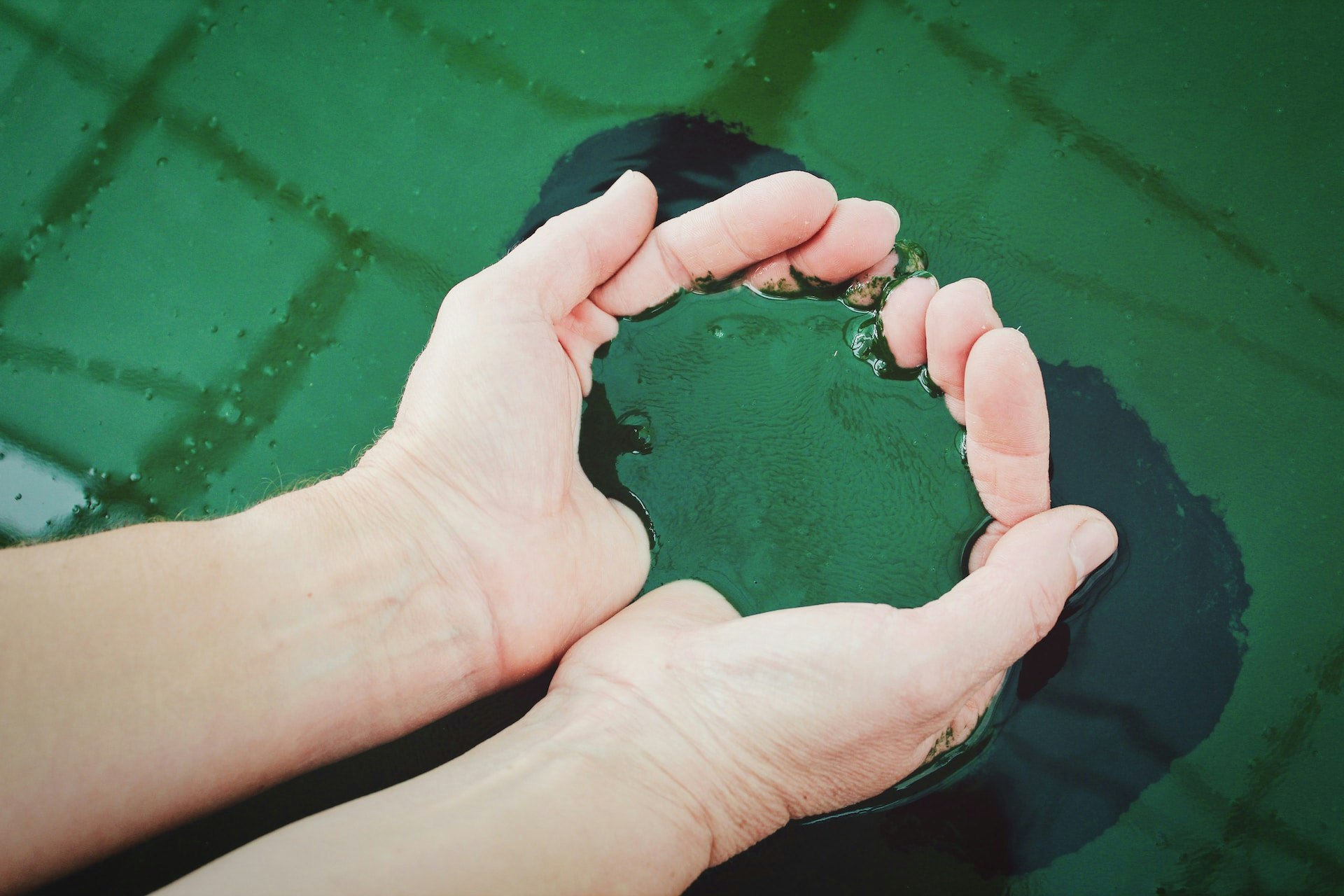
What Does Spirulina Taste Like?
Spirulina is known for it's earthy, grassy, and somewhat oceanic taste. A pungent fishy aroma or taste can be indicative of poor quality spirulina.
